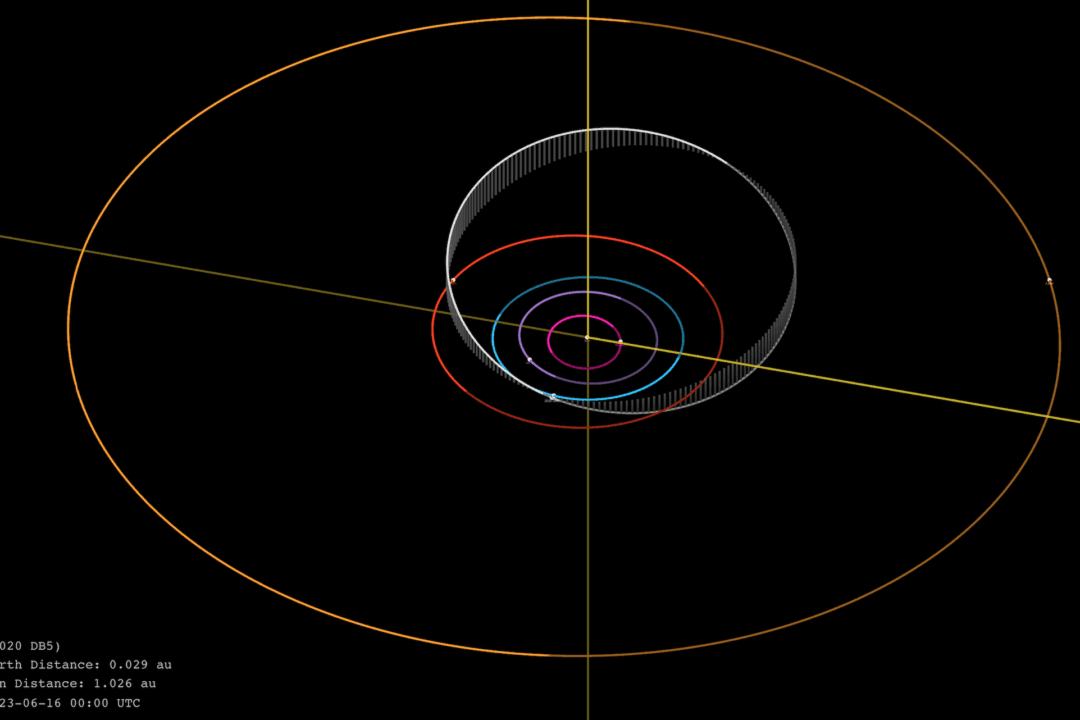NASA has said that a “potentially hazardous” asteroid measuring the size of the iconic Brooklyn Bridge is projected to make a close approach to Earth on June 15.
The asteroid is hurtling through space at an astonishing speed of over 48,000 mph. Its projected close approach marks the nearest encounter with an asteroid in recent history, sparking concerns about the potential threat it poses to our planet.





